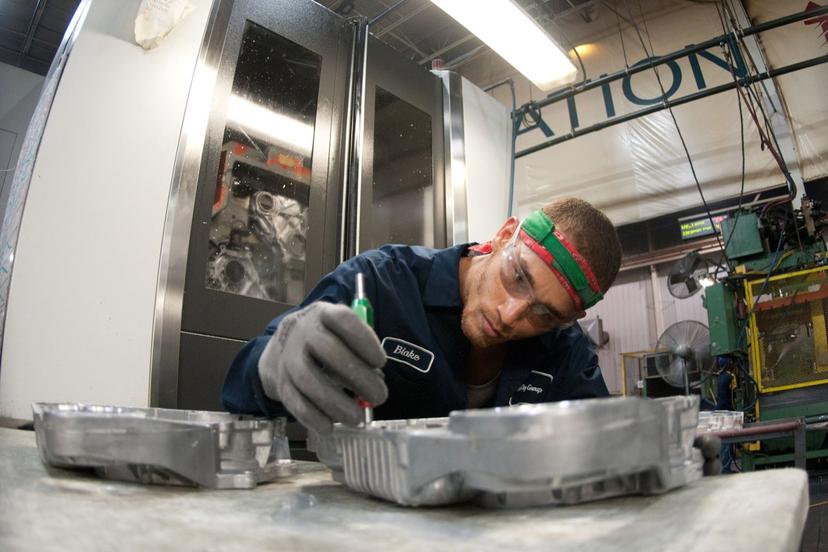Machining and Machinery

Overview
The machining and machinery industry represents the first stage of the manufacturing process. This industry manufactures metal parts that are used to make machines, tools, and other machine parts; that is, it creates metal machines that make other machines, and also produces parts for such items as engines, tools, and other machinery.
Careers in this industry include professionals involved in the development process such as research engineers, and in some cases industrial designers, who analyze market needs and decide what new products are in demand. Often, other members of this team include marketing specialists, production personnel, sales representatives, manufacturing experts, and design engineers and technicians. Manufacturing engineers design the machines or the configuration of equipment that construct the product, industrial engineers devise efficient processes that use machines and workers together, and mechanical engineers develop the specifications for machines and tools.
Many types of workers are involved in all aspects of the machining and machinery industry. Workers such as general maintenance mechanics operate and repair machines and mechanical equipment. Complex power-generating equipment in industrial plants is operated and maintained by stationary engineers, who receive specialized training for their jobs. Other workers, like boilermakers and millwrights, install huge pieces of machinery. Precision machinists construct machines, layout workers and job setters prepare workpieces and machines for operation.
Instrument makers design the electrical equipment that measures and regulates machine operation, numerical control tool programmers write the computer instructions to run machines. Precision metalworkers, such as tool and die makers and mold makers, design and produce dies and molds that manufacture products with machines. Fluid power technicians install and maintain component parts of machines. The field...
